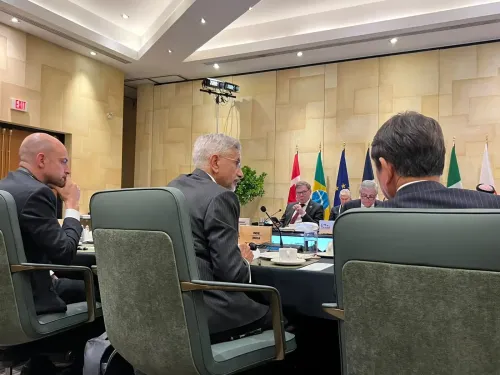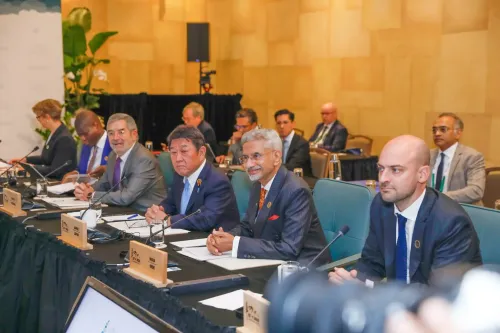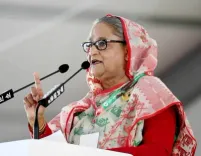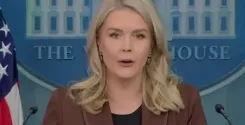India Enhances Surveillance Against Inexpensive Chinese Imports Following US Tariff Increase
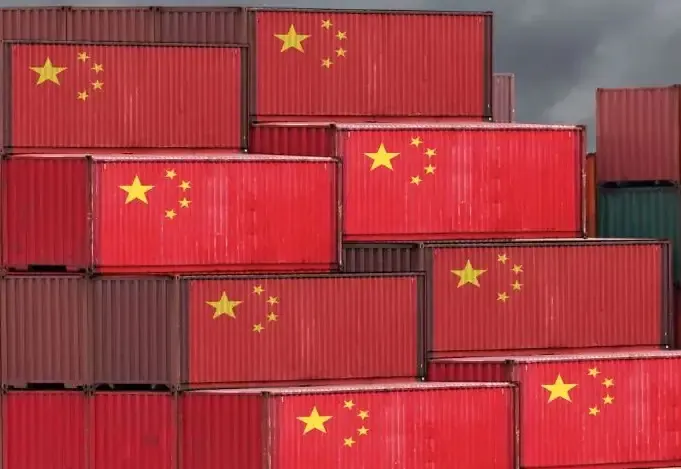
Synopsis
Key Takeaways
- India is monitoring Chinese imports closely.
- US tariffs have significantly impacted China more than India.
- India's economy is relatively insulated from these tariffs.
- Long-term benefits for India in textiles and electronics sectors.
- India aims to enhance its export share in the global market.
New Delhi, April 5 (NationPress) India has intensified its vigilance to curb the influx of low-cost Chinese imports following the significant tariff increase by the US on products exported from China.
Commerce Secretary Sunil Barthwal has reportedly conducted multiple meetings to assess the situation. Government officials are also coordinating with industry stakeholders to gather insights and devise a plan to safeguard the Indian economy.
The Commerce Ministry has been closely monitoring items like steel from China, which has adversely affected local industries after previous US tariff hikes. This surveillance has now expanded to include additional products, as confirmed by a senior official.
While the US has raised tariffs for all nations, China has been particularly impacted, with an additional 34 percent tariff announced by President Donald Trump, raising the total duty to 54 percent.
In response to the US tariff increase, China has countered by elevating duties on all US goods by 34 percent and imposing export restrictions on essential rare earth metals crucial for the electronics and defense sectors.
Moreover, China has enacted limitations on several US companies, particularly those linked to defense, as part of a reciprocal strategy.
India's exports to the US represent a mere 4 percent of its GDP, indicating that the 27 percent tariff hike on Indian products declared by President Trump will have a limited effect, as per an SBI Research report.
The tariffs imposed on India are the lowest among its Asian counterparts, compared to 34 percent on China, 36 percent on Thailand, 32 percent on Indonesia, and 46 percent on Vietnam. This situation is anticipated to provide India with a comparative edge and potentially boost exports in certain sectors in the long run, the report highlights.
Increased tariffs on textile-exporting nations such as Bangladesh, China, and Vietnam may lead to diminished demand due to inflationary pressures. However, in the long term, India is poised to gain from efforts to capture a larger market share. India's textile exports to the USA are approximately $7 billion from April to December in FY25. Thus, while this sector may face short-term challenges, there could be favorable long-term outcomes, according to the report.
In the electronics sector, with tariffs ranging from 54 percent to 79 percent in China, India finds itself in a stronger position compared to other key electronics-exporting nations. India's electronics exports to the US were valued at around $9 billion from April to December in FY25, accounting for the highest share of 15 percent of total exports.


